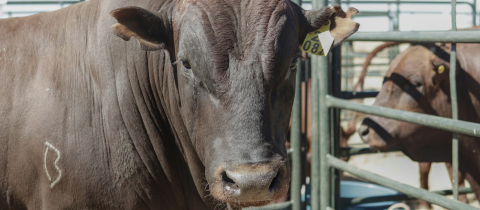Nothing in science is ever simple. You might think that determining the environmental impact of disposable diapers relative to cloth diapers would not be much of a challenge. But it is. Let’s see why. We plop some 30 billion disposable diapers a year into landfills in North America every year. The wood pulp in those diapers represents some quarter million trees. There are some 90,000 tons of polypropylene plastic made from petroleum, a non- renewable resource, in those diapers. Polypropylene will not biodegrade under landfill conditions. Biodegradable disposables made of cornstarch are available, and while these may be amenable to composting, they do not biodegrade in the airless environment of a landfill. Then there is the super absorbent sodium polyacrylate gel in the diapers that also has to be manufactured from petroleum. The production of the plastic and the gel also lead to waste products that require disposal. And the production of the dyes used on many disposables and the boxes they come in also cause an environmental burden. The fecal contents of those diapers can leach out into groundwater, especially from older landfills while the waste from cloth diapers is washed down the toilet and ends up going through sewage treatment facilities.
So it would certainly seem that environmentally disposables lose out to reusable cloth diapers. But as it turns out, things are not that simple. Cloth diapers are generally made of cotton and growing this crop is certainly not an environmentally friendly business. Cotton is very chemically dependent. While only some 3% of arable land is devoted to cotton, growing it takes up 10% of all agricultural chemicals and 25% of insecticides. Then there is the hot water that is needed to wash the diapers, which of course requires energy to produce, as well as the environmental burden of the detergents that are used. Using a dryer adds to the energy requirements. Of course washing at a temperature that doesn’t exceed 60 Celsius and air drying reduces the energy requirements. If a diaper service is used, then one has to consider the energy requirements of the transport. All in all though, environmentally, cloth diapers beat disposables, but it isn’t a landslide victory.
What about health effects? A German study showed that boys who wear disposables maintain a higher scrotal temperature which may pose fertility issues in later life. Mice exposed to disposables experience breathing problems and throat irritation but not when exposed to cloth diapers. This may be due to added fragrances. As far as diaper rash goes, the key is to change the diaper whether disposable or not whenever the baby is wet. Although disposables may be easier to use, there are cloth diapers available today which are highly absorbent and fit well and can be velcroed. And you can’t use an old disposable diaper as a dust rag. Or for the next child. But you don’t want to be driving in a car with a used cloth diaper. So I guess the most logical answer is to use cloth at home and disposables when travelling. Like I said, nothing is ever simple.







